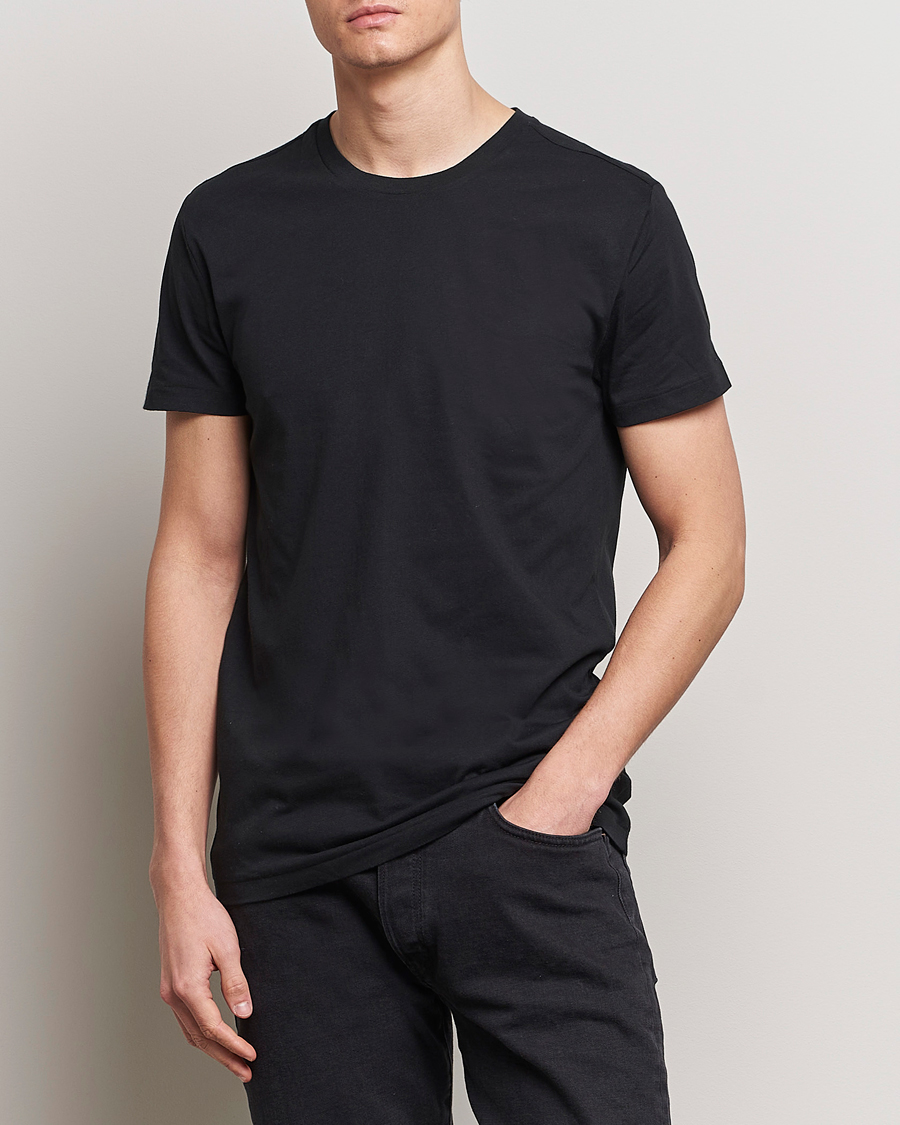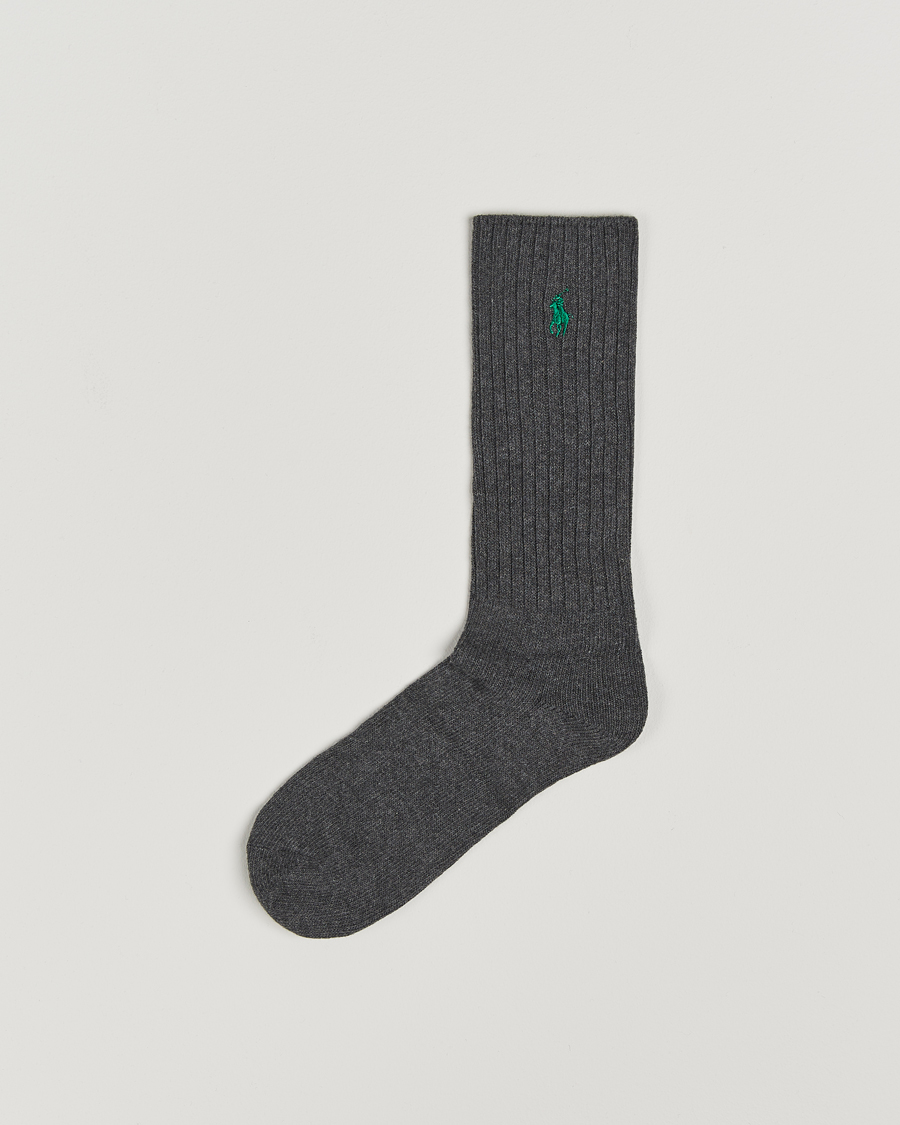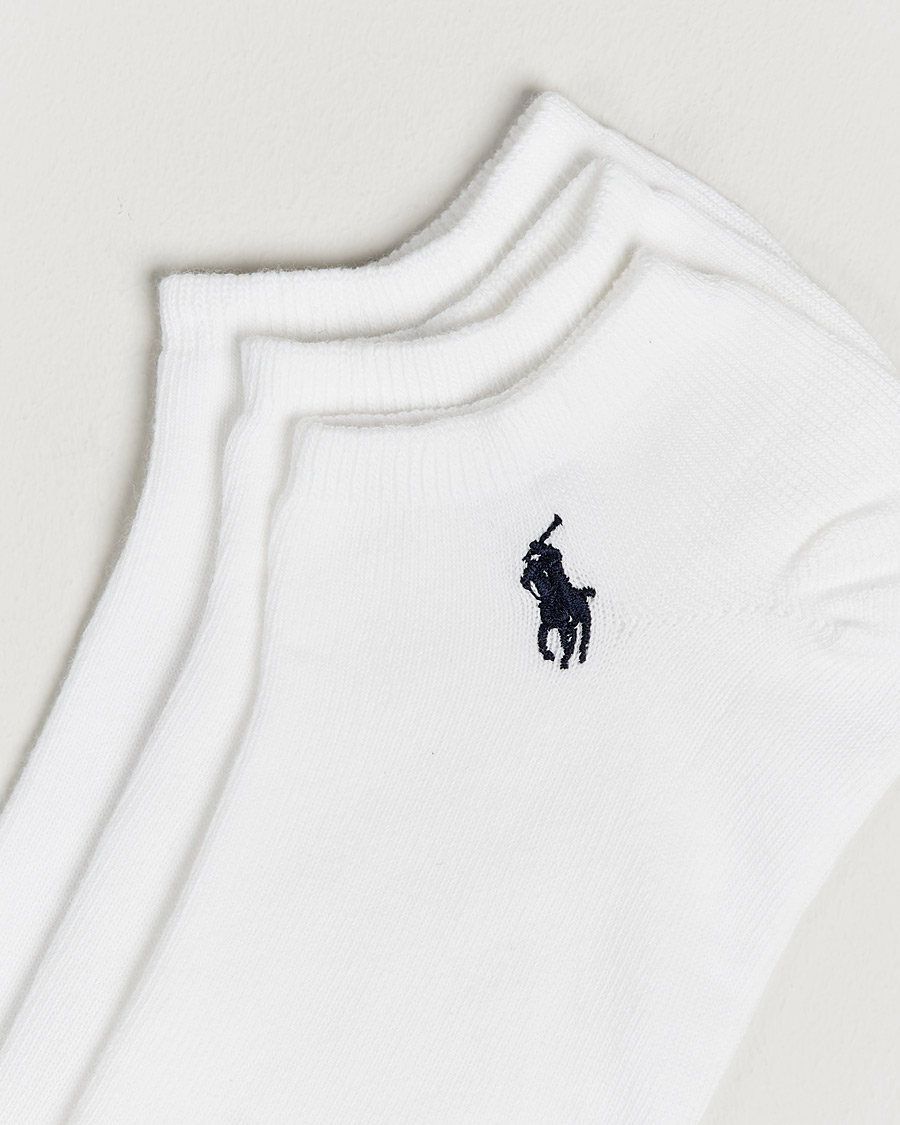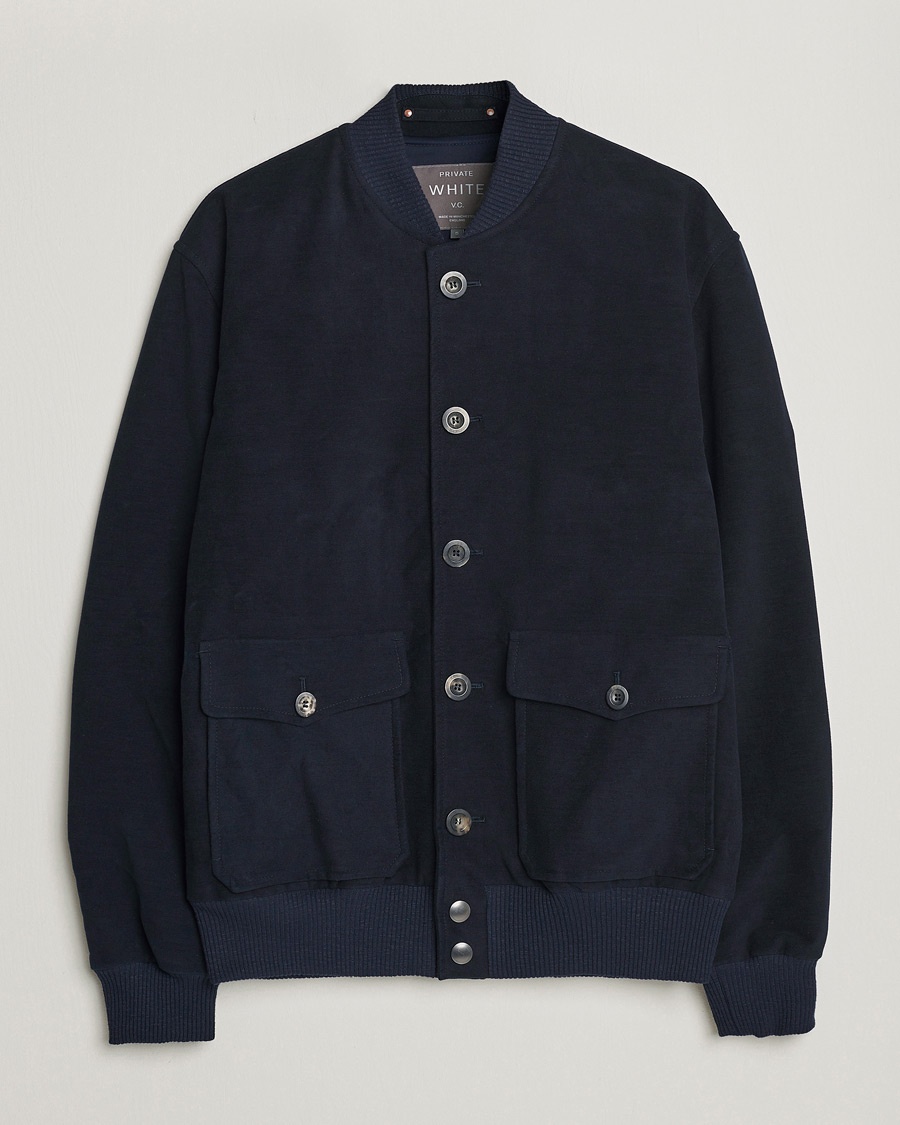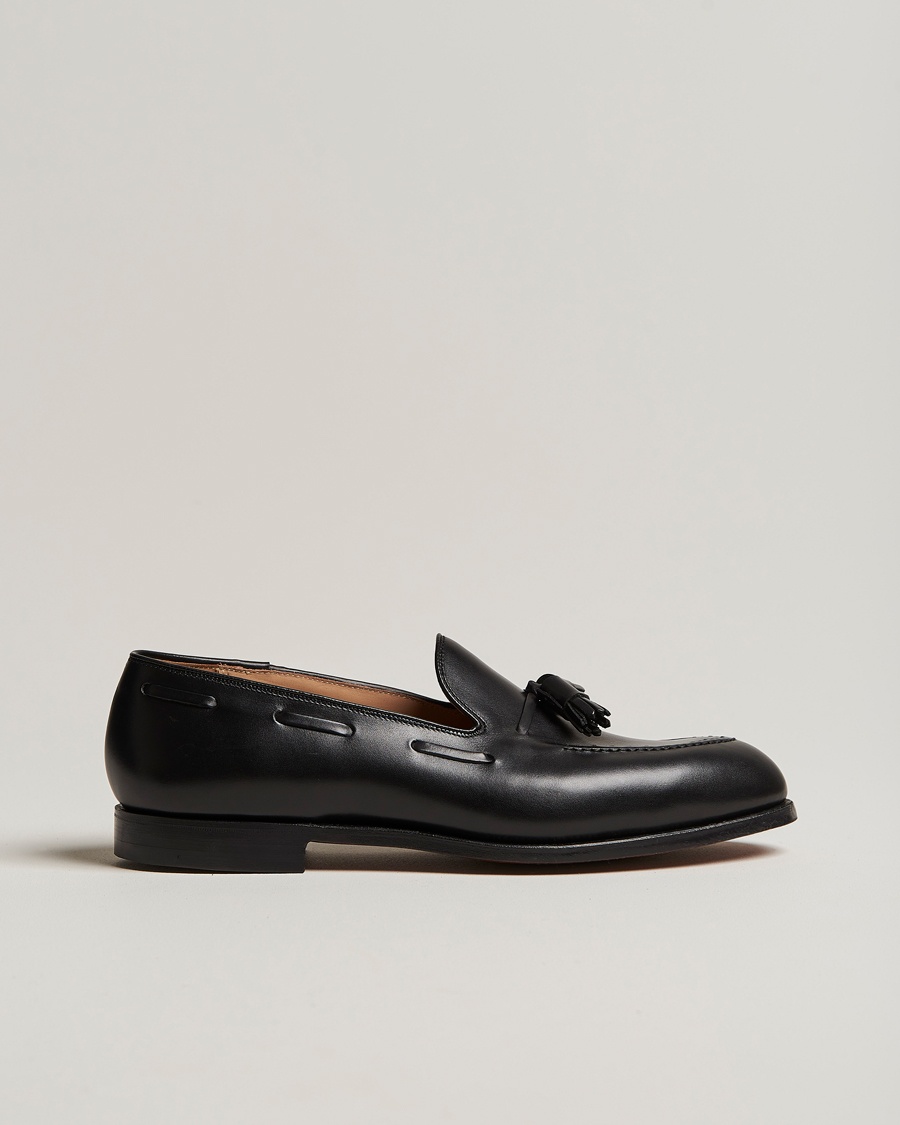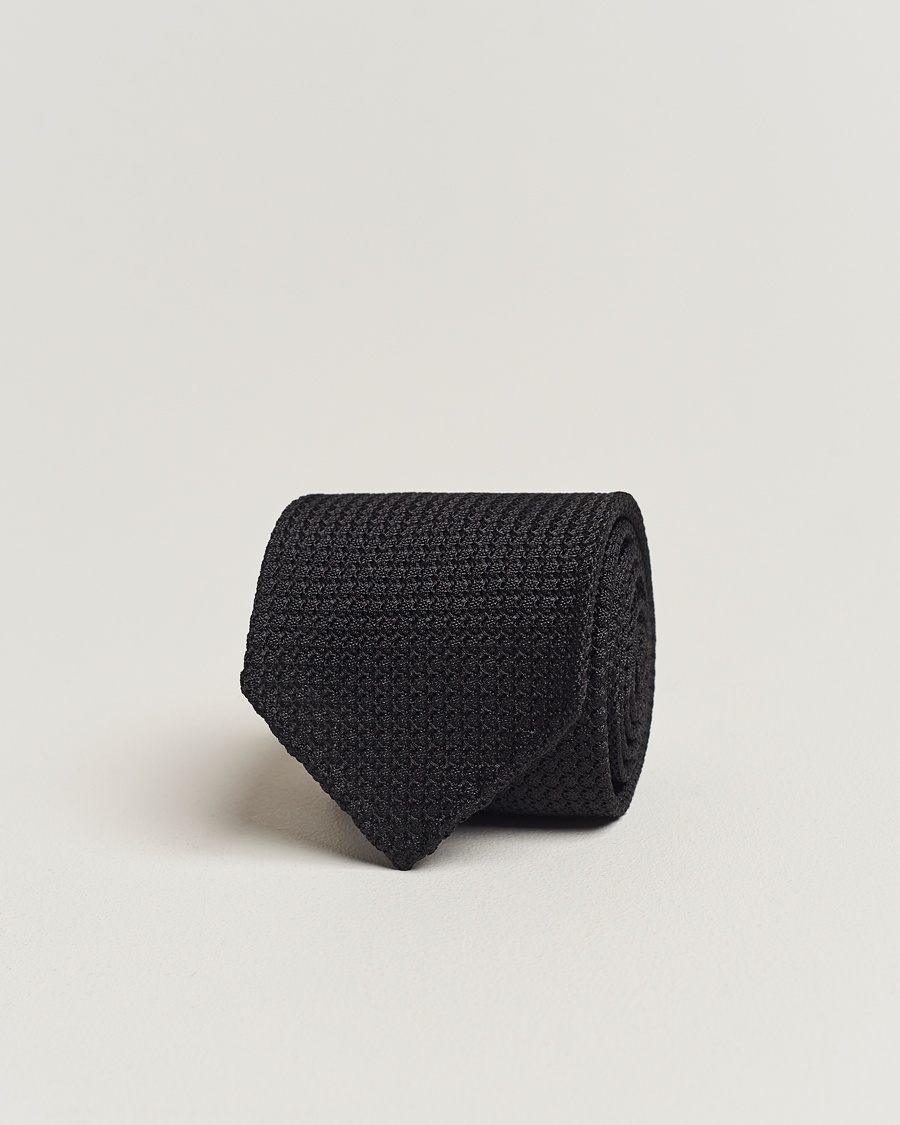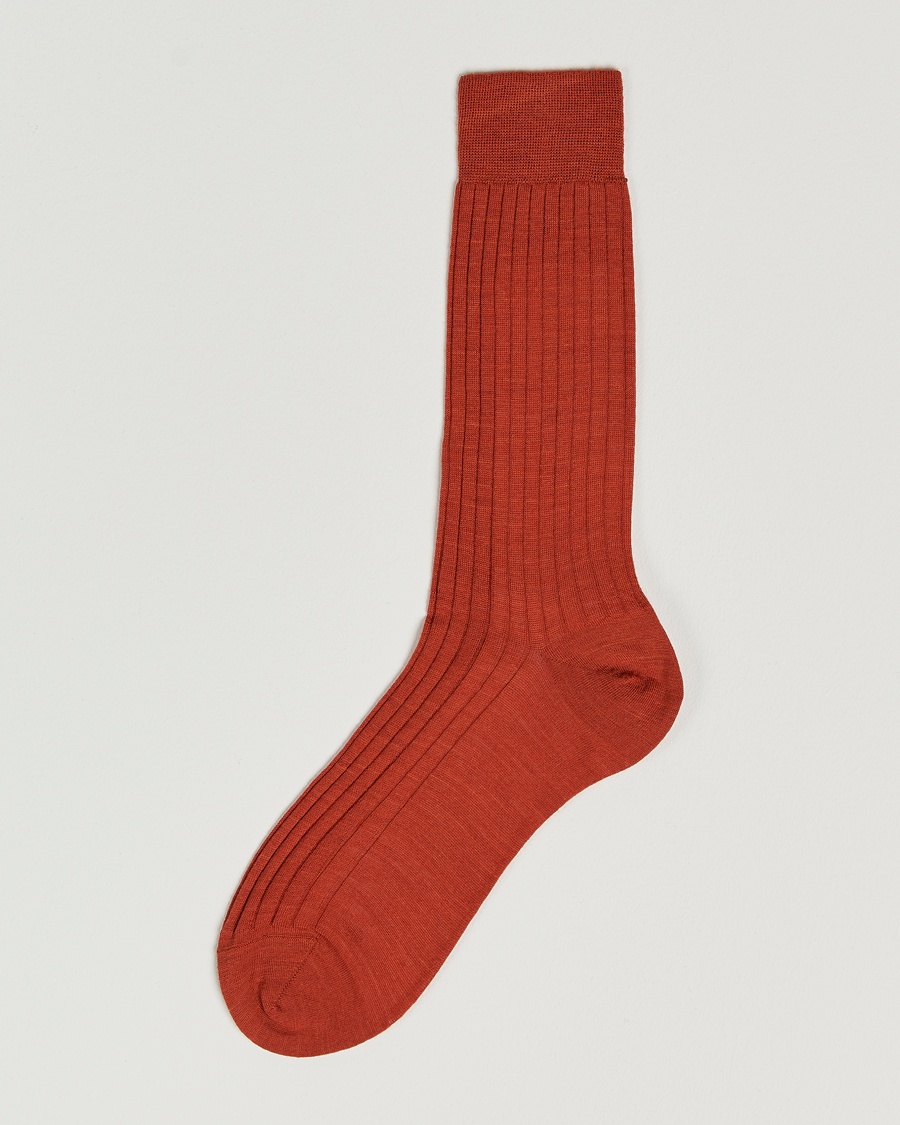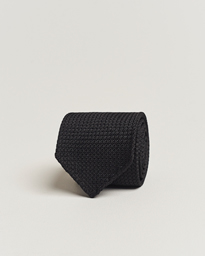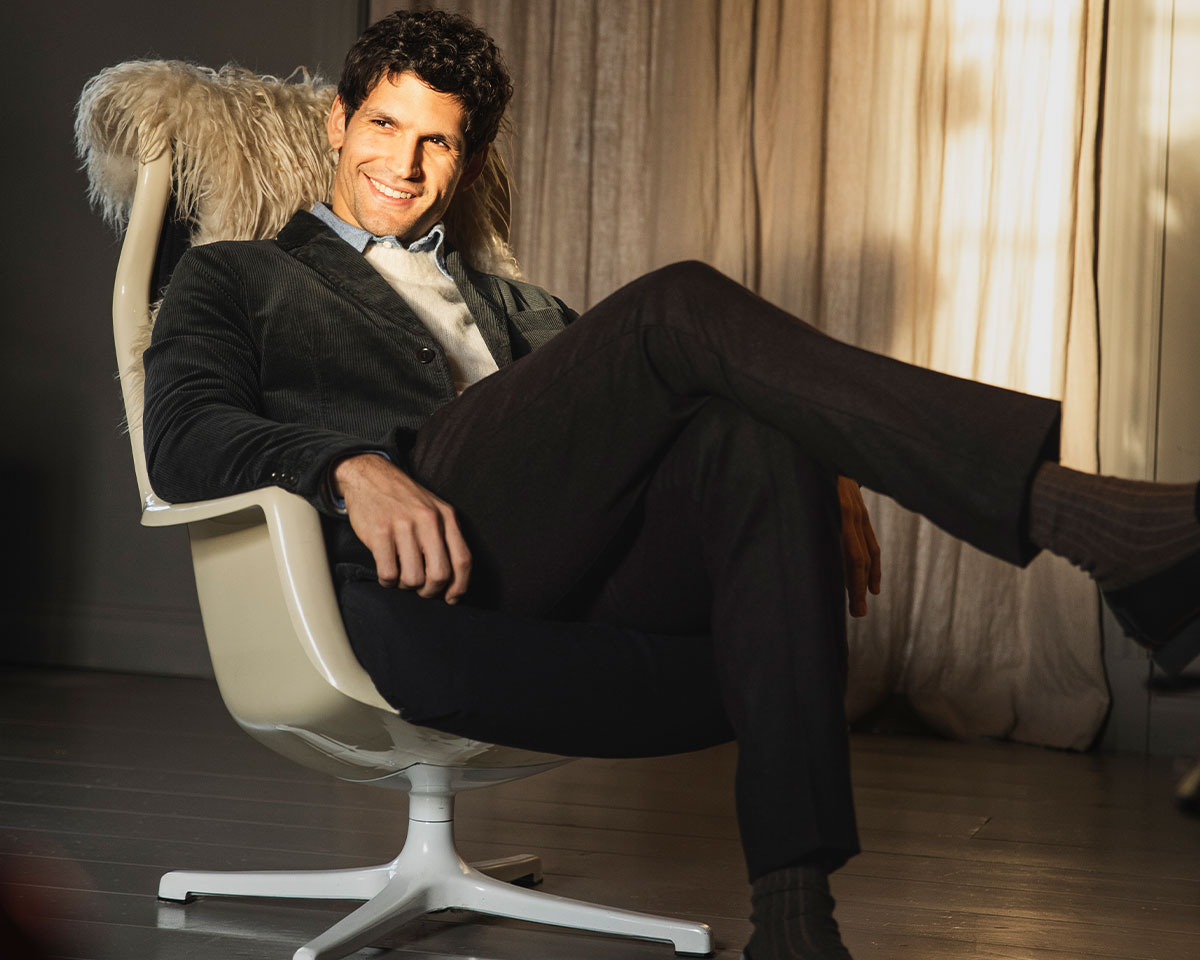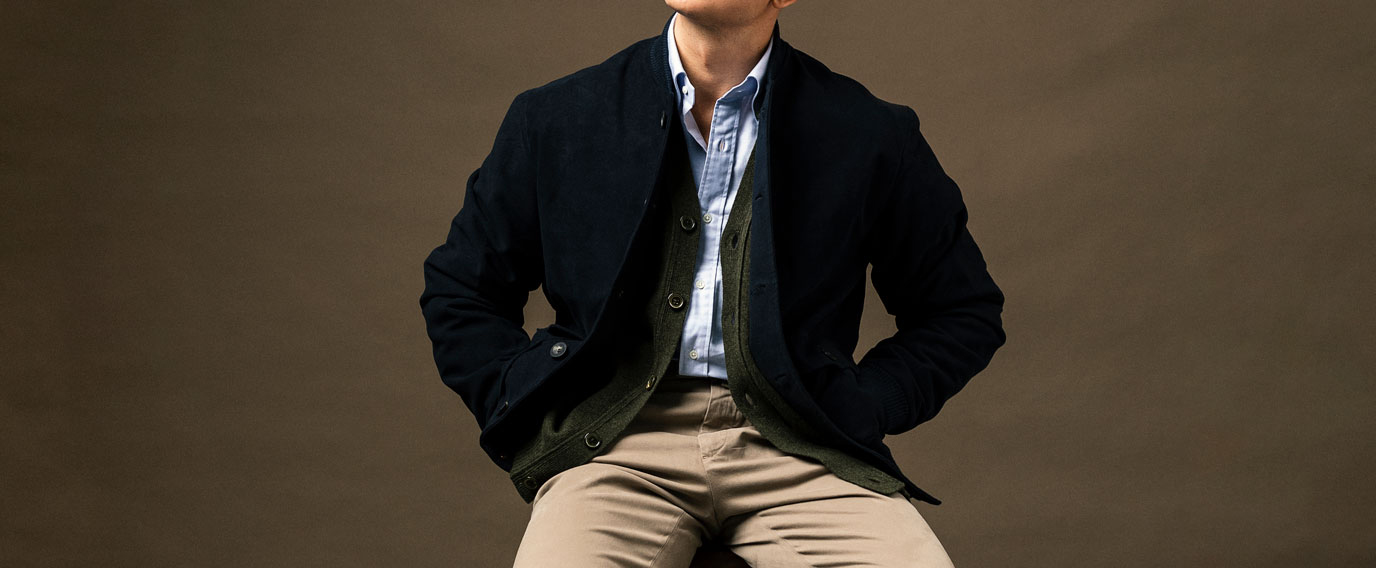
How to Create the Perfect Colour Combination
Publicado 2021-10-14
Like almost all aspects of style, combining colours is above all a matter of personal taste and what constitutes a pleasing visual harmony depends largely on your own aesthetic preferences – we could write an entire book on colour combinations without being able to say which pairings are ‘right’ or ‘wrong’. With this said, there are a number of classic rules that many adhere to concerning what colours to combine and in what situation.
This article only scratches the surface of this fascinatingly diverse topic, leaving out many of the more theoretical aspects, and it is important to remember that many of the combinations presented here are coloured by my own personal opinions as a style correspondent. I hope, however, that it will provide you with a useful starting point when considering what colours to combine in your outfit.
Shoe Colours
Your shoes have a considerable impact on the colour palette of the rest of your outfit. Personally, I only wear black shoes with black, grey, or sometimes olive-green, trousers. Many men tend to choose black shoes no matter what, in the belief that black works with any outfit, especially when it comes to jeans. Examples in shades of brown or beige, however, offer a much more pleasing harmony with blue trousers or jeans. Black shoes also tend to suggest formality, in stark contrast to the very casual style of your jeans.
Brown shoes, on the other hand, work well with almost any colour except black. Leather shoes in oxblood and tan constitute a sort of ‘halfway house’ and can often be worn with black as well, but it bears reiterating that brown shoes with black trousers is still considered a serious faux-pas among many of the world’s best-dressed men.Main Colours and Accents
By ‘main colour’, we mean the colour of the larger parts of your outfit such as jumpers, shirts, blazers, jackets, and so on. These main colours can be divided into two categories, with the first being a monochromatic scale of blacks, whites, and greys, though it can also include beige, light blue and olive-green. The second group comprises colours such as navy and other shades of blue, brown, beige olive-green and even some lighter greys. White, of course, can be combined with almost any other colour.
Accents are made to be noticed but should not detract from the overall look of your ensemble – usually they include socks, pocket squares, neckties, scarves and even shirts worn with their collar peeking out from a jumper. When it comes to the colour of these accents, the majority combine elegantly with both groups of main colours discussed above – bottle-green, rusty orange, mustard yellow and aubergine are just a few examples. The reason these examples are so specific is that these shades make for much better guidelines than simply saying green, orange, yellow and purple. Choosing the right shade is often more important than choosing the right colour in general – ‘understated’ is the word to keep in mind when deciding on an accent colour. The orange socks from the second combination will, for example, work just as well with the first, and note how both the light blue and white shirts harmonise just as naturally if you switch them around:
Scarlet is a common choice of accent, especially when it comes to ties and pocket squares. This kind of colour tends, however, to dominate your outfit, which is something we should try to avoid. Accents should harmonise rather than overshadow. With this said, scarlet reds can be used to particularly striking effect when used in the lining of a grey blazer or black leather jacket.
‘Tone-on-tone’, often referred to as ‘tonal’, is a stylish yet understated way to combine colours – this approach involves building an outfit around one or more shades of the same colour. Below, we suggest two combinations representing each of the main groups we named in the previous section:
Warm Colours and Smart-Casual
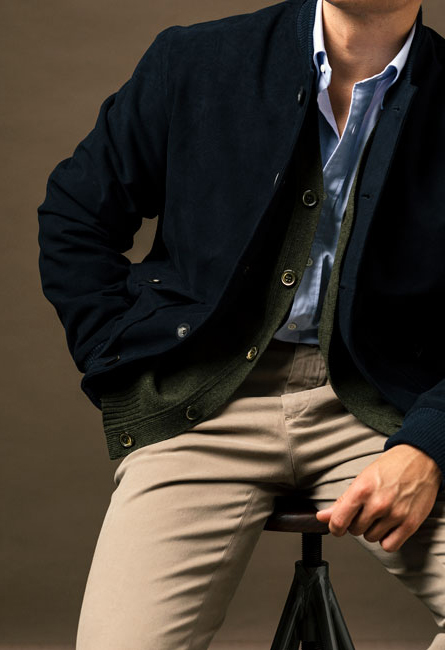
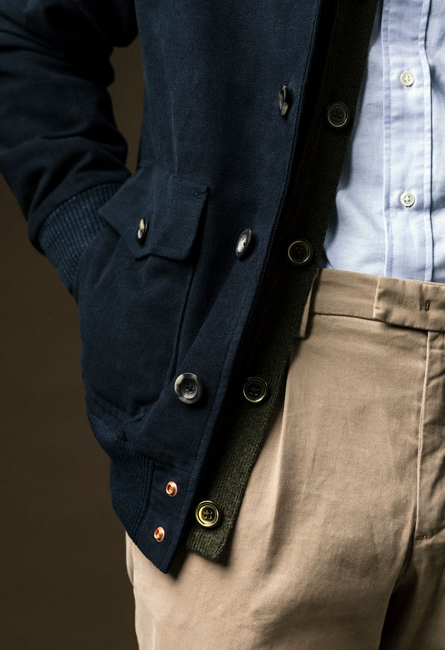
For this look, we combine warmer colours in looks that are somewhat more casual but still ‘well-dressed’. The basic principle here is choosing a top that is somewhat darker than your trousers – a starting point from which you can choose the other parts of your outfits at your own discretion. The slider below offers additional examples of both jumpers and trousers that work well with this look.
Tonal Monochrome
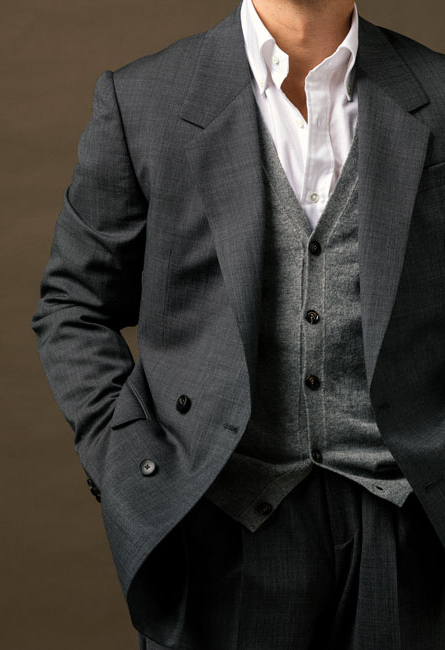
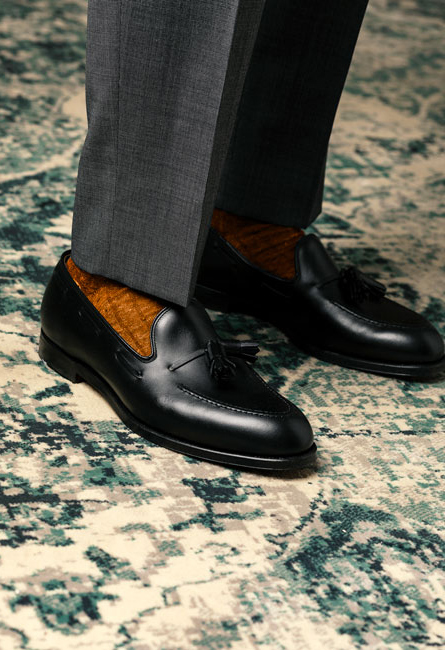
This ensemble shows how different shades of grey can create a stylish tone-on-tone look when worn together with white and black. The accent colours of the socks shown here can also be chosen for ties and scarves, for example.





